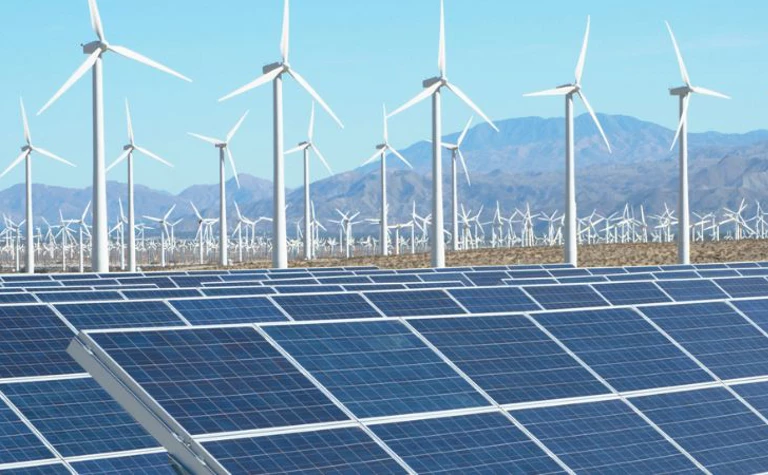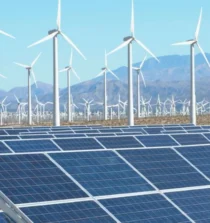By Jose Signoret & Milla Cieszkowsky
Given the global concern about the existential threat posed by climate change, government subsidies aimed at spurring green technologies and the green transition—from solar panels to electric vehicles—can play a greater role. And the number of subsidies with green objectives is indeed increasing, according to the World Bank’s new Green Subsidies Database.
The new database supplements the 2023 World Bank report, “Unfair Advantage: Distortive Subsidies and Their Effects on Global Trade,” which found that subsidies of all types have been rising since 2008. Governments are increasingly turning to subsidies amid rising geopolitical tensions fueled by climate change, national security concerns, and the race to gain an edge in frontier technologies. Yet, even when deployed in pursuit of legitimate goals, subsidies can harm trading partners, fuel tensions, and provoke countermeasures. They can nullify the benefits of global trade and investment by distorting international prices and limiting market access, as in the case of local content requirements, and they can create inefficiencies in global value chains.

The new database identifies government subsidy programs with stated environmental objectives by sector and compares data for 2022 and 2018. It shows that among green subsidies, priorities are evolving toward programs that support innovation related to green technologies and clean energy goals, such as faster adoption of renewable fuels. China and the United States deploy the largest number of subsidy programs, followed by Australia, Canada, and the European Union. All are large trading economies that have the potential to influence global markets. Most programs are offered by sub-central governments, such as states and provinces.
Ambitious climate objectives, market failures, and existing incentives that favor fossil fuel use can justify greater use of green subsidies. Yet there is a risk that some types of subsidies could distort trade or have effects that limit the free flows of goods, services, and technologies that are needed not only to fight climate change but also to reduce poverty.
The World Bank will continue to track these measures as it seeks to increase transparency, deepen analysis on their nature and economic effects, and foster informed discussions among countries on the appropriate use and design of government subsidies.








Telegram应用是开源的,Telegram官网下载 https://www.telegramv.net 的程序支持可重现的构建。Telegram同时适用于以下环境:Android安卓端,iPhone 和 iPad及MacOS的Apple端,Windows/Mac/Linux桌面版
https://www.tellern.com Telegram应用是开源的,Telegram下载的程序支持可重现的构建。Telegram同时适用于以下环境:Android安卓端,iPhone 和 iPad及MacOS的Apple端,Windows/Mac/Linux桌面版
https://www.telqq.com Telegram群组,Telegram群组导航。收录Telegram上的优质频道和群组,打造一个高质量Telegram导航。TGNAV收录整理了Telegram上的许多优质频道、群组、机器人,帮助用户发现更多优质的群组。
有道词典是由网易有道出品的全球首款基于搜索引擎技术的全能免费语言翻译软件。简介. 支持中文、英语、日语、韩语、法语、德语、俄语、西班牙语、葡萄牙语、藏语、西语等109种语言翻译。拍照翻译、语音翻译、对话翻译、在线翻译、离线翻译更顺畅。更多的翻译 https://www.fanyim.com